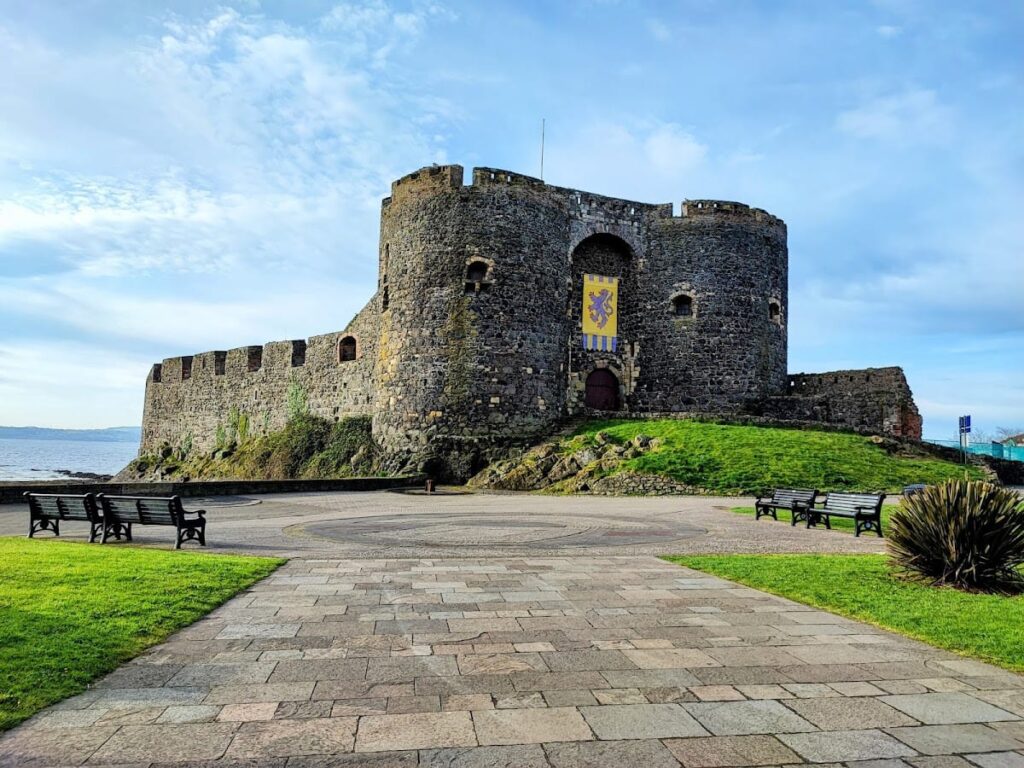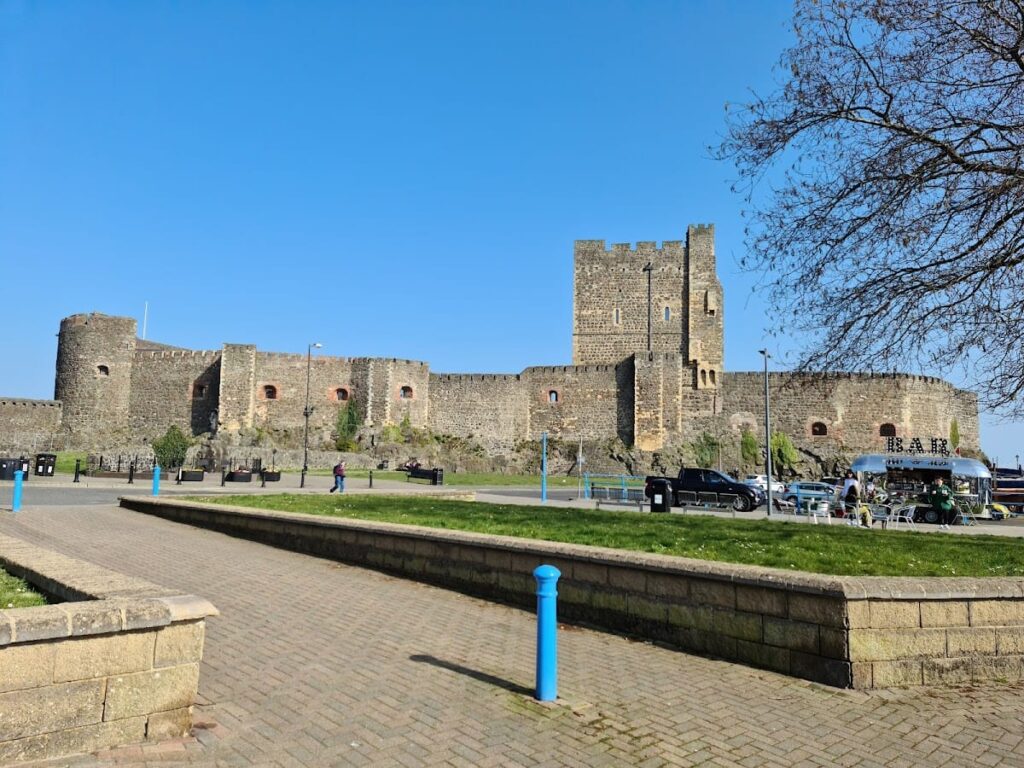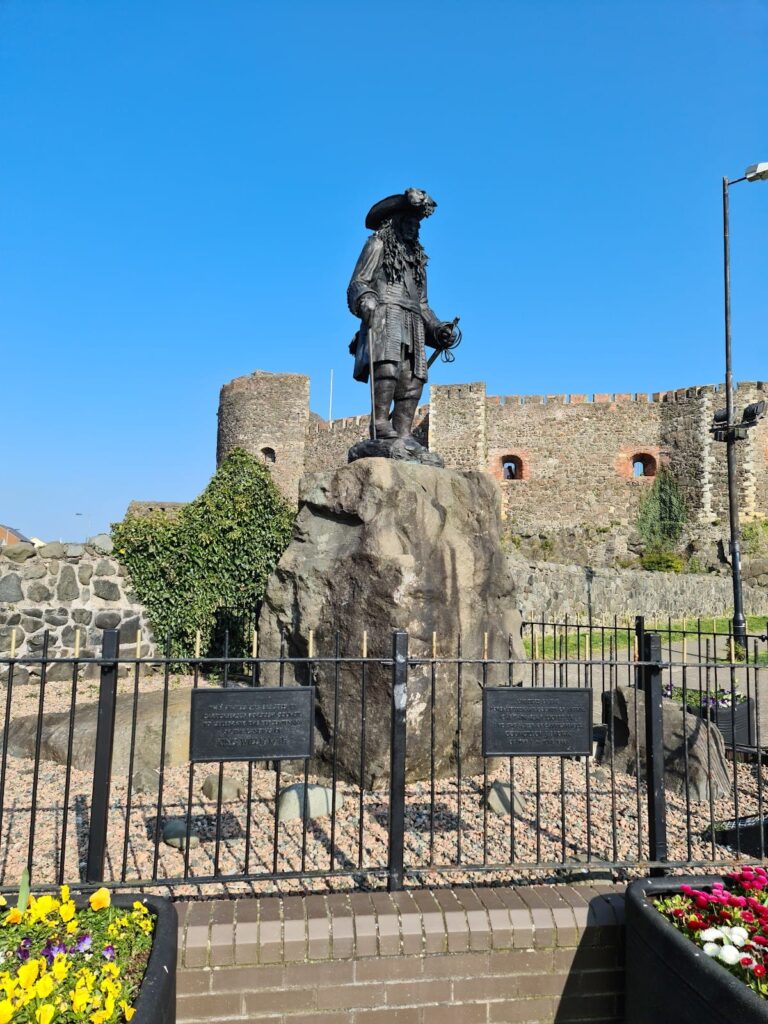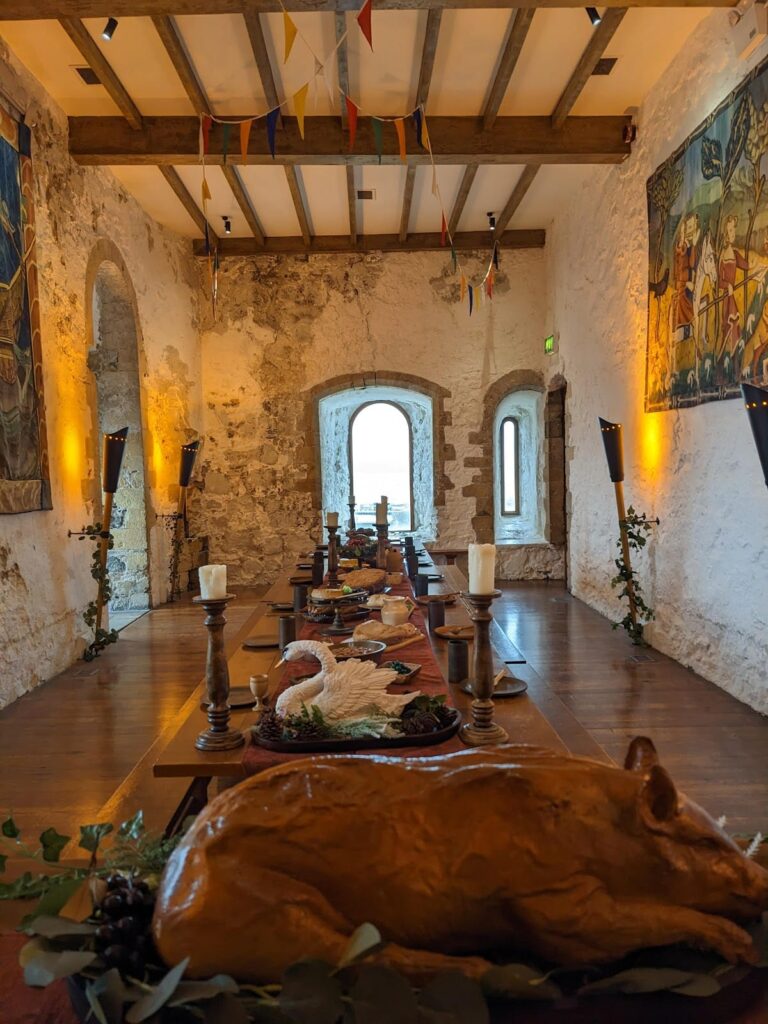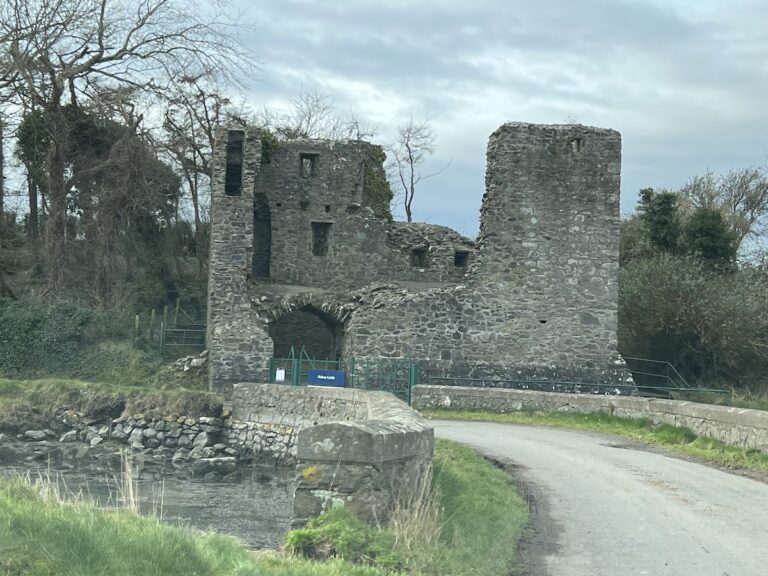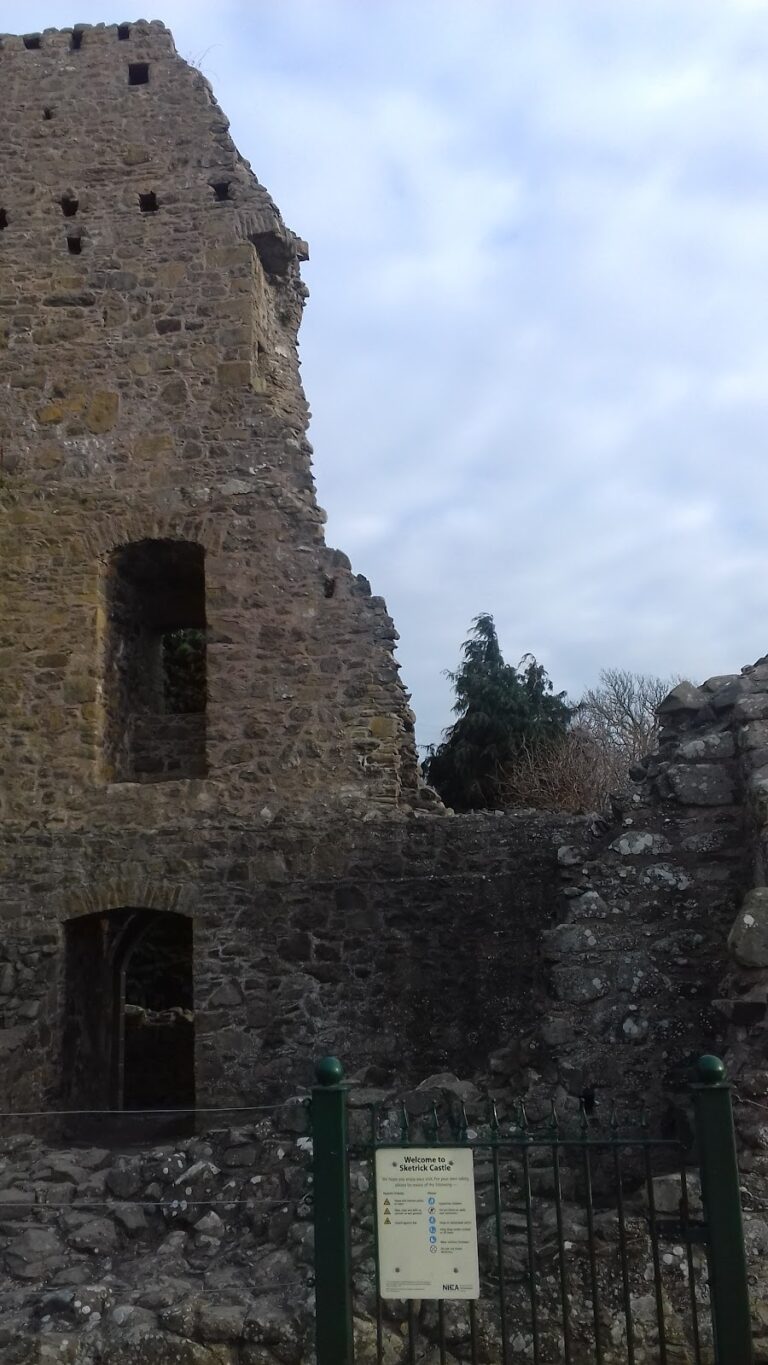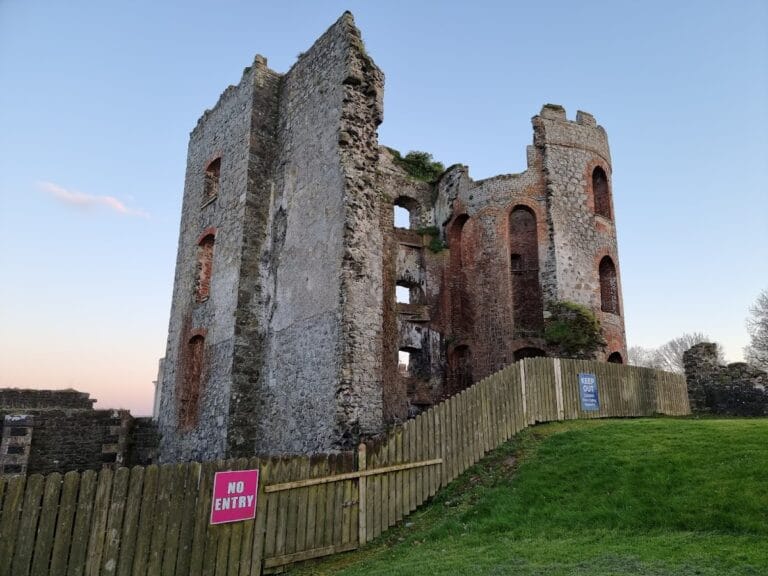Carrickfergus Castle: A Norman Stronghold in Northern Ireland
Visitor Information
Google Rating: 4.5
Popularity: Medium
Google Maps: View on Google Maps
Country: United Kingdom
Civilization: Medieval European
Remains: Military
History
Carrickfergus Castle stands on a rocky promontory along the northern shore of Belfast Lough in what is now Marine Hwy, Carrickfergus, Northern Ireland. It was built in 1177 by the Norman knight John de Courcy following his conquest of eastern Ulster. De Courcy established himself as a local ruler, governing from the castle until 1204 when he was ousted by another Norman noble, Hugh de Lacy.
The initial construction featured a small bailey castle with high polygonal walls and gates, including a great hall. Its position on a rocky headland surrounded by sea on three sides made it a formidable defensive site. The castle controlled access to Carrickfergus Bay, later known as Belfast Lough, and the land routes to the walled town below. It first appears in English records in 1210 when King John besieged and captured it, securing a strategic foothold in the region.
After King John’s capture, appointed constables managed the castle and its lands. In 1217, Constable De Serlane received funds to build protective walls along the rock and eastern approaches vulnerable at low tide. Hugh de Lacy continued construction until his death in 1248, with the castle’s completion around 1250 under King Henry III. Following the collapse of the Earldom of Ulster in 1333, Carrickfergus Castle remained the main English Crown stronghold in northern Ireland.
During the Nine Years War from 1595 to 1603, the castle housed a strong military garrison and was the site of a battle in 1597. In the 16th and 17th centuries, it was adapted for artillery defense but still changed hands multiple times. In 1689, Marshal Schomberg besieged and captured the castle, and King William III landed there in 1690 during his campaign in Ireland.
In 1760, French forces led by François Thurot captured and looted the castle before being defeated by the Royal Navy. Later, in 1778 during the American War of Independence, the naval commander John Paul Jones fought a battle near the castle, inflicting serious damage on British ships. By 1797, the castle served as a prison and a British military stronghold during the Napoleonic Wars.
By 1811, only six of the original twenty-two cannons remained on the eastern battery. The castle was used as an ordnance store during World War I and as an air raid shelter in World War II. It remained continuously garrisoned for about 750 years until 1928, when it was transferred to the Government of Northern Ireland for preservation. Restoration efforts removed later additions to return the castle to its medieval Norman appearance.
Remains
Carrickfergus Castle occupies a rocky promontory originally surrounded by water on three sides, though modern land reclamation has reduced this to about one-third. The castle’s layout includes a small bailey enclosed by a high polygonal curtain wall with an eastern gate. Inside the bailey were several buildings, including a great hall.
In 1217, a curtain wall was built to protect the castle’s approach along the rock and the eastern side exposed at low tide. Most of this wall was destroyed in the 18th century, but the seaward side survives, featuring a postern gate and the east tower. The east tower contains a first-floor chamber believed to have served as the castle chapel, identified by a Romanesque-style double window surround.
Defensive features include a ribbed vault over the entrance passage, a murder hole for dropping projectiles on attackers, and massive portcullises at both ends of the gatehouse. These were begun by Hugh de Lacy and completed around 1250. In the 16th and 17th centuries, the castle was modified for artillery defense with splayed gunports and embrasures designed for cannons.
By 1811, six cannons remained on the eastern battery out of an original twenty-two. Many post-Norman and Victorian-era structures were removed during 20th-century restoration to restore the castle’s medieval Norman form. The banqueting hall has been fully restored and now contains exhibits illustrating medieval life. The castle is maintained as a state care historic monument by the Northern Ireland Department for Communities.
